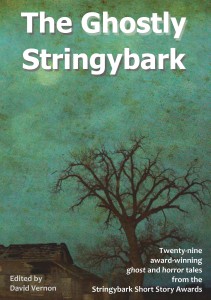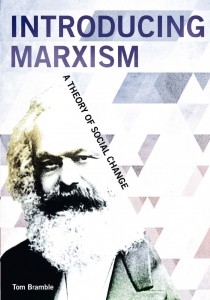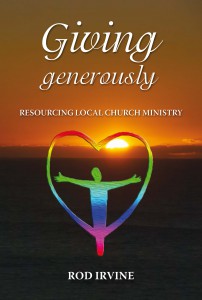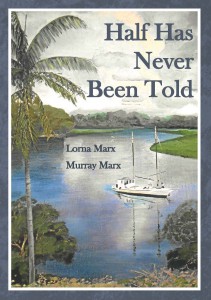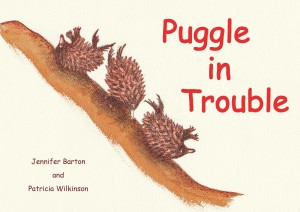Overview
The Church of England has had an enduring impact on the course and content of Australian history. In this engaging study which draws on decades of research and reἀection on Australia’s social and spiritual history, Professor Brian Fletcher explains the slow and steady evolution of local expressions of Anglicanism and the forces and factors that obliged its members to adapt their theological worldview to the rapidly changing religious and political landscape of the “Great Southern Land”. Rather than being another comprehensive history of Australian Anglicanism since 1788, the emphasis is on exploring English influences on Australian belief and worship, art and music, and on the church’s struggles to remain true to its past while responding to emerging challenges unknown to their English ancestors. While many scholars and students overlook the place of religious convictions and spiritual aspirations in Australian history, Professor Fletcher shows the importance of Christian teaching to visions of popular culture and the significance of Anglican identity to everything from voting habits to family life. This book highlights a vital dimension in the nation’s past and contributes to a fuller appreciation of church, state and their interactions.
Author Information
Emeritus Professor Brian H Fletcher OAM was the foundation Bicentennial Professor of Australian History at the University of Sydney. A Fellow of the Australian Academy of the Humanities, the Royal Australian Historical Society and the Federation of Australian Historical Societies,Professor Fletcher is also the recipient of the New South Wales History Council’s Citation for 2007 and the Centenary of Federation Medal for services to Australian history. He has published many books and articles on various aspects of Australian history. In recent years his research and writing has centred on the role of religion in Australia and has led to the publication of The Place of Anglicanism in Australia. He is an active member of the Anglican Parish of St Alban’s at Epping. Professor Fletcher presently chairs the Journal of Anglican Studies’ Board of Trustees. He was awarded the Order of Australia Medal in the January 2012 Honours List for service to education as an academic, researcher and author in the discipline of Australian history.























